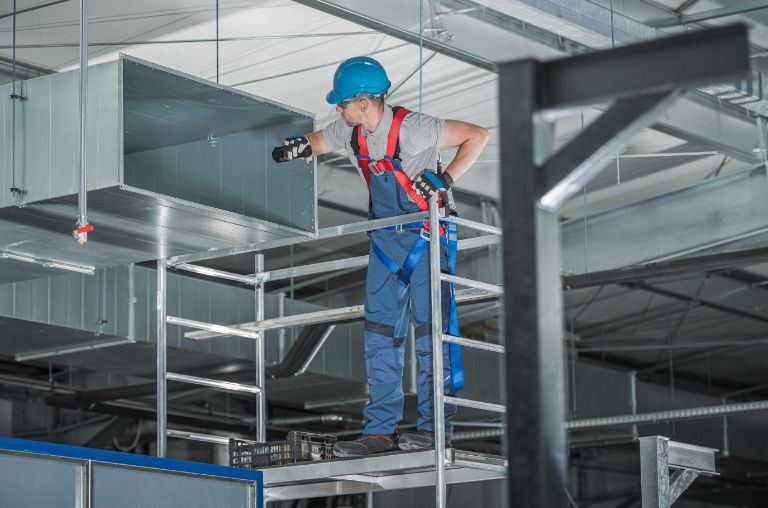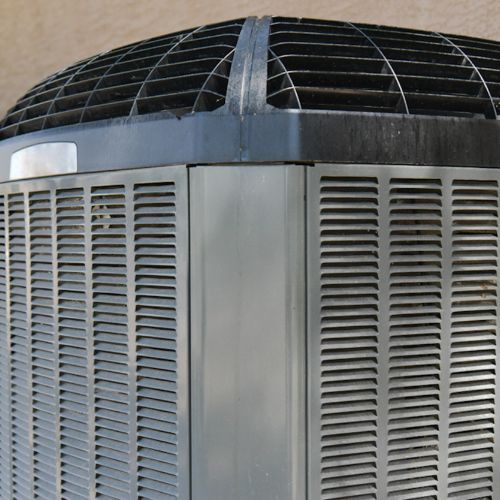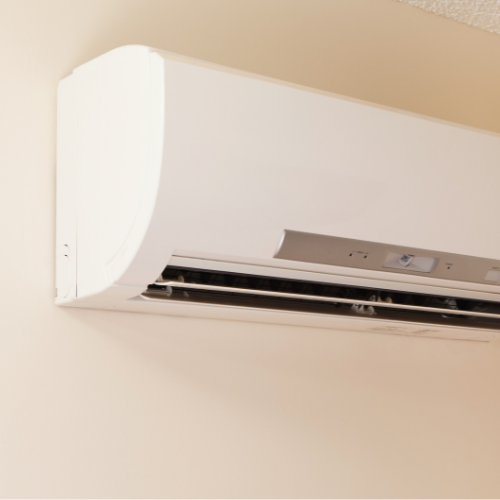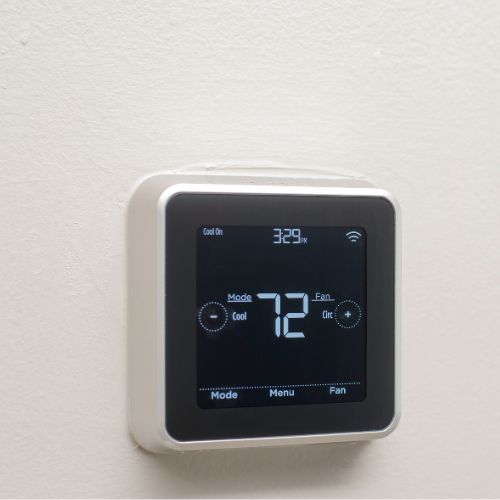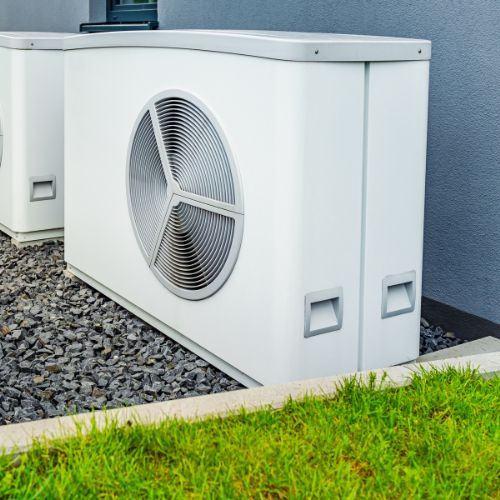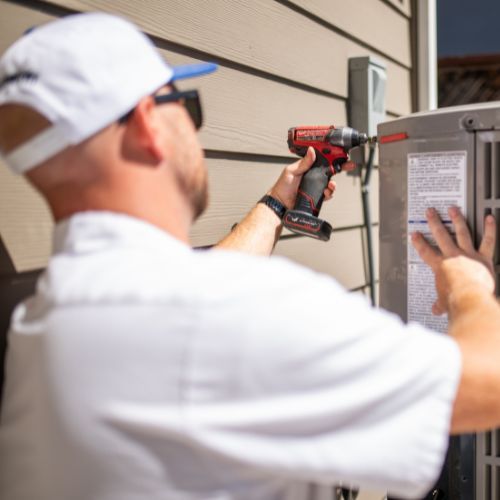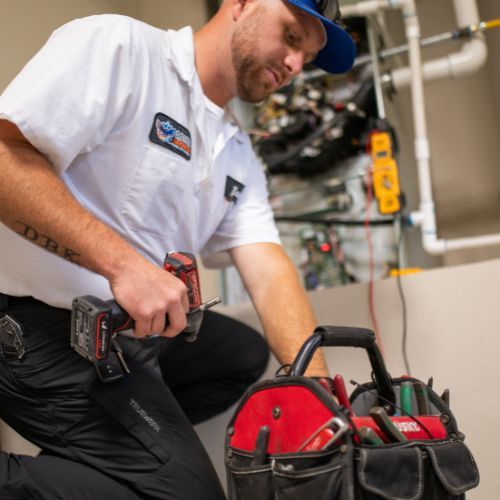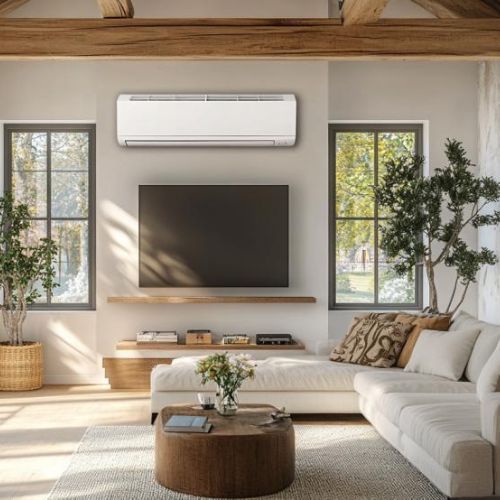Behind the Scenes in Plumbing: How to Flush a Water Heater
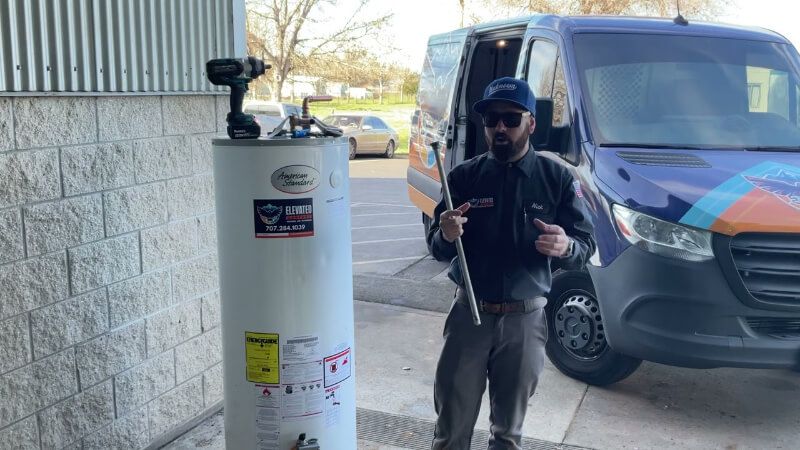
Table of Contents
ToggleIt’s that time of year again – it’s hot, and you’re probably thinking about ways to cool down. But have you thought about your water heater? Annual maintenance is an important part of keeping your home running smoothly. In this behind the scenes plumbing tutorial, Nick explains the best practices for flushing a water heater during annual maintenance.
How Often Should You Flush a Water Heater?
The tech featured in the video above is Nick. With elevated comfort plumbing, heating, and air today we’re going to talk about doing a water heater flush, anode rod check, just a safety inspection should be done yearly. Once a year, every year this is a 40 gallon American standard. First things first we want to figure out how old this system is. You know usually you can tell by the model number. Any technician should be giving you that information.
Plumbing Behind the Scenes: Step-by-Step Water Heater Flush
First, we’ll shut the water down to the water heater. This is our domestic cold water inlet. From there, what we do is shut that guy down. We’re going to hook up a standard garden hose to the drain valve and drain it out. This will allow us to descale the tank itself. Getting the most minimal amount of calcium, sand, and debris out of the tank is something that you want to do from the first year it’s installed. If you wait 10 years and then try to do it, it’s not really going to do anything for your system.
Once that’s all descaled, we come over to this system. This system has a hex head style anode rod inside the unit. The anode rod is magnesium with city water, and their zinc with well water. Otherwise you start getting that rotten egg smell. So for this system, in particular, city water application is a magnesium rod. Now there are two places these can be on this system: on a hex style or a nipple style. You know, some of the older systems have a hex style, and others have a nipple style. Your plumber will be able to determine where the anode rod is located in the tank.
In this case, we’re going to use a big impact wrench with a socket that’s 27 millimeters to unscrew the rod. It should just unthread out of there. This one is missing for some reason – it has half the rod going – but it should be about the length of the tank, going all the way down to right above the burner. What this does is it attracts calcium and sediment minerals and debris things like that. Hard water can cause these systems to overheat, so it’s important to swap out the filter every two to four years.
Behind the Scenes Tip: Flush Often for Stable Temps
So if you are a household that is constantly turning up the temperature on your water heater, you know that every year or every six months it’s probably because you haven’t had it looked at in a while. It is very important that your plumber and you work together to make the best judgment on whether one of these needs to be replaced or if the tank is long gone and needs to be replaced entirely, or if you can put a new anode rod in it. If your inner rod looks good, it just needs to be wiped clean; it may have another year or two in it.
Then, you throw it back in and cinch everything down after that process. You know we’re sure there’ll be questions involved but your plumber’s going to get rid of the hose close up that bib and slowly fill this guy back up releasing air either out of the TMP valve if it’s new enough or through a inside fixture like a bathtub or something like that. So once that’s all done, your system’s good. You kick it back to 120 degrees and give it 30 to 45 minutes – that is your water heater flush.
Why Start at a Bathtub?
The reason why we want to start at a bathtub instead of a kitchen faucet is because if there is any sediment minerals inside of the tank, we don’t want to stir it up and suck it through the faucet. We always want to go to a bathtub or something with a big amount of water that comes out – this is your water heater flush. Hopefully this is helpful, like we said, with a system like this or a process of how to maintain these- it’s like a car, right? You have to change the oil, rotate the tires, and clean the air filters. We ask so much of these things every day – to give us hot showers after a long day, to be sanitary when we’re washing our hands, and to do dishes – that we have to take care of them.
Want More Behind the Scenes HVAC and Plumbing Tips?
Our channel features weekly tune-up tips and more. However, maintenance is always the best behind the scenes secret that we can pass on, it’s the difference between six years of use letting it sit or thirteen to fifteen years if you take good care of your equipment. Number one: a good manufacturer and a homeowner that knows how to take care of their equipment are very important. We have a monthly plan for nineteen dollars a month. It’s something that we come out and do for you, which is really cool. Hopefully that’s helpful, guys. Thanks for reading and have a good day!

